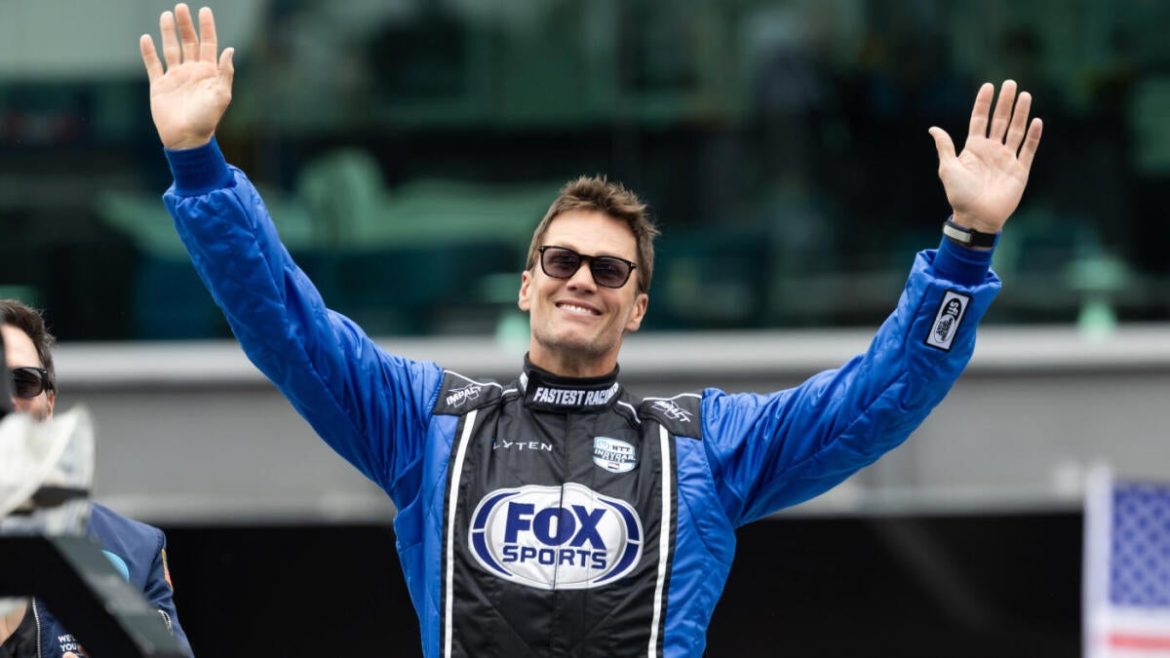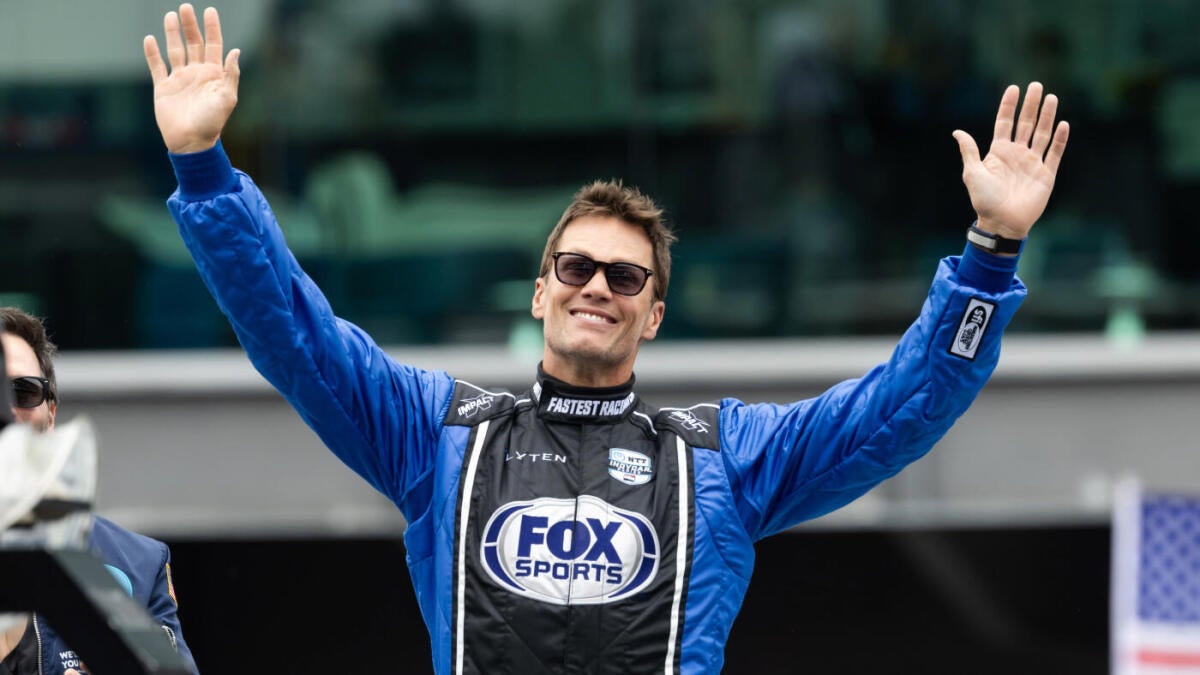Tom Brady’s Appearance at the 2025 Indianapolis 500: A Narrative of Sporting Crossroads and Crowd Reaction
The 2025 Indianapolis 500, celebrated as one of the premier motorsport events globally, witnessed an intriguing crossover moment with NFL icon Tom Brady featured prominently in its pre-race ceremonies. This event, the 109th running, was marked not only by the thrill of the race but also by Brady’s participation in a highly publicized segment called “The Fastest Seat in Sports,” where he was chauffeured by seven-time NASCAR Cup Series champion Jimmie Johnson. This collaboration, fusing legends of distinct sporting disciplines, created a compelling spectacle for fans and media alike. Yet, beyond the sportsmanship and ceremony, Brady’s reception by the crowd revealed complex sentiments steeped in sports rivalries and historical context.
The Significance of Brady’s Role and the Fastest Seat Experience
Tom Brady, revered in football as the quarterback with seven Super Bowl titles and lauded for his strategic mastery on the gridiron, was brought into the Indy 500 limelight not as a competitor but as a marquee guest and analyst for FOX Sports’ coverage. His ride with Jimmie Johnson — a fellow athlete of exceptional accomplishment — symbolized a mutual respect among sports greats and an effort to amplify the event’s cross-sport appeal.
The “Fastest Seat in Sports” experience is designed to showcase driving skill and speed, putting a celebrated athlete into a high-octane motorsport context, with Johnson behind the wheel. This pairing attracted extensive media coverage and fan interest, shining a spotlight on Brady in a setting far removed from football stadiums.
The Crowd’s Reaction: Booing Rooted in Historical Rivalries
Despite Brady’s status as a sporting hero, his appearance was met with significant disapproval from the Indianapolis 500 audience during the driver introductions and pre-race festivities. Video footage shows audible and widespread booing directed at Brady, reflecting lingering animosity from his tenure as an NFL quarterback dominating the local Indianapolis Colts.
This vocal discontent appears less about Brady’s presence at a motorsport event and more a continuation of sports rivalry narratives that transcend disciplines. Fans in Indianapolis, long familiar with Brady as a formidable adversary who repeatedly thwarted their home NFL team’s success, voiced their displeasure loudly. The boos underscore how athletes’ legacies in one sport or city can create enduring fan reactions, even when they engage in unrelated sports events.
Intriguingly, Brady himself seemed unfazed by the hostile reception, maintaining composure and professionalism throughout. His ability to separate his football legacy from this new role paints a picture of emotional resilience and an understanding of sports fans’ passions and histories.
Media and Fan Perspectives on the Incident
Media coverage, from Sports Illustrated to local CBS affiliates and motor racing news outlets, highlighted this moment as a key narrative intersecting sports fandom and athlete persona. Commentators noted that though Brady’s feats are legendary, the Indianapolis crowd’s refusal to celebrate him demonstrates the depth of sporting loyalties and the unique nature of live audience engagement.
Fans on social media platforms appeared divided: some found amusement and satisfaction in the boos, viewing them as a rightful expression of loyalty to their home team and city, while others expressed disappointment or surprise that such negativity accompanied a sporting icon in a neutral event. This dialogue reflects ongoing conversations about athlete reception, cross-sport charisma, and how fans reconcile past rivalries with present-day appearances.
Jimmie Johnson’s Role and The Spirit of Collaboration
Jimmie Johnson’s involvement in escorting Brady was equally symbolic. A seven-time NASCAR Cup Series champion, Johnson embodies excellence and versatility in motorsport and has a reputation for professionalism and sportsmanship. This partnership leveraged both athletes’ star power to enhance the spectacle of the Indy 500, appealing to broader audiences.
Johnson’s presence possibly served as a buffer and legitimizer for Brady’s integration into the IndyCar environment, emphasizing camaraderie rather than conflict. Together, they personified a unique cultural moment where football and motorsport intersect, celebrating competitive greatness across very different arenas.
Conclusion: A Tale of Sports Rivalry, Respect, and Cultural Intersection
Tom Brady’s participation in the 2025 Indianapolis 500 exemplifies how sports transcend boundaries and how the legacies athletes carry with them influence their reception even outside their primary disciplines. The audible boos from the Indianapolis crowd during the introductions reveal that sports rivalries and fan allegiances remain deeply ingrained, capable of shaping atmosphere and sentiment in unexpected settings.
Yet Brady’s poised reaction and the collaborative spirit with Jimmie Johnson highlight that sports also provide a platform for unity and mutual respect across disciplines. This event will be remembered not only for its high-speed thrills but also for the symbolic convergence of two sporting titans and the dynamic interplay between history, fandom, and contemporary sporting culture. It underscores the enduring narratives that define sports spectatorship: passion, memory, rivalry, and ultimately, admiration for excellence.





